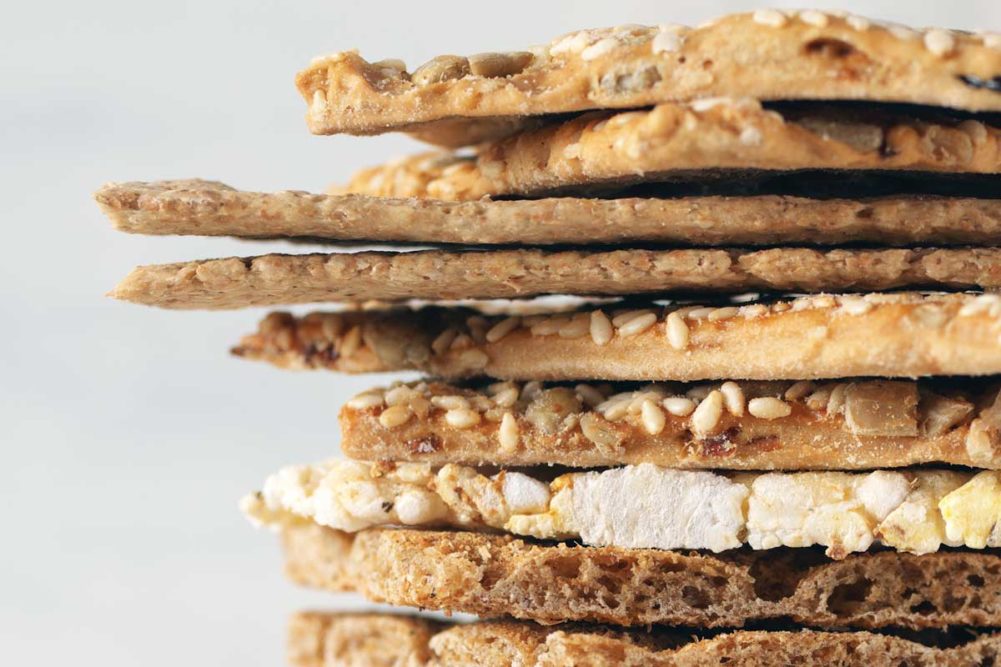Sodium is an ingredient that raises the hackles of dietitians everywhere while at the same time providing a lot of functionality and taste to salty snacks and crackers. According to the Food & Drug Administration (FDA), the average American consumes about 3,400 mg of sodium every day. The Dietary Guidelines for Americans recommends sodium intake should be less than 2,300 mg per day. This gap has caused considerable concern resulting in initiatives to reduce sodium across many processed food categories, salty snacks and crackers included.
However, cutting back on sodium isn’t as simple as using less or cutting it out altogether. Not only does sodium supply the flavor consumers love but it also provides functionality in leavening and shelf life. And regardless of the milligrams of sodium listed on a Nutrition Facts Panel, consumers won’t purchase a snack that doesn’t taste good, at least not a second time.
“Taste ultimately outweighs any healthy goals,” said Robert Berube, technical service manager, Church & Dwight. “If a snack undergoes a huge change in flavor or isn’t palatable people will not buy it.”
Formulators have found many paths to reduce sodium, but each has challenges. Snack manufacturers must work with ingredient suppliers to discover the right avenue for their goals.
“There are several ways to reduce sodium in snacks, but some of them come with taste issues that need to be dealt with,” said Roger Lane, marketing manager, savory flavors, Sensient Flavors.
By looking at a formulation from the ground up, snack makers can find ways to design products to maximize flavor while still hitting sodium reduction targets. That could mean tweaking seasonings, particle sizes and shapes, or even replacing salt completely.
This article is an excerpt from the October 2020 issue of Baking & Snack. To read the entire feature on sodium reduction, click here.





